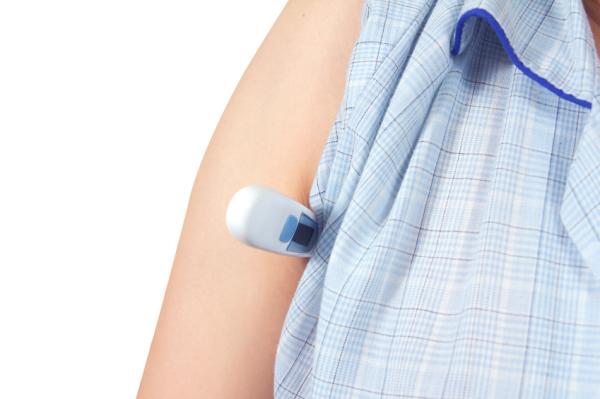
Body temperature is tightly regulated in the body. Your body works all day to keep your body temperature within normal ranges to optimize physiological functions. Normal values vary depending on gender, recent activity, consumption of food and fluids, time of day and, in women, the current phase of their menstrual cycle. This OneHowTo.com article will explain if a body temperature of 35.1 - 35.2 - 35.3 degrees C is normal or not.
Adult body temperature
A body temperature of 35.1 - 35.2- 35.3 is low, and you should quickly visit your doctor or follow the instructions needed to raise body temperature. Normal adult human body temperature varies between 36.0-37.5 or more. Here are a few general rules of body temperature:
- Hypothermia is when body temperature is below 36°C (95°F). Since individual body temperatures vary, for some people hypothermia is lower.
- Feverishness is when body temperature is between 37.1°C and 37.9°C (98.7 and 100.22°F).
- Hyperthermia or fever is when body temperature is the same or greater than 38°C (100.4°F).
Body temperature in children
Children and infants are especially vulnerable to hypothermia. A body temperature of 35.1 - 35.2 - 35.3 in children is not normal and you should quickly visit your doctor or follow the instructions needed to raise body temperature. Children should have a minimum temperature of 36 degrees. Be particularly cautious of your baby's temperature, as this shouldn't be lower than 36 ºC.
Axillary temperature
An axillary temperature is usually about 0.5º lower than oral temperature. Still, an axillary temperature of 35.1 - 35.2 to 35.3 is worrying and you should seek emergency medical care or follow the instructions necessary for raising body temperature.

Oral temperature
An Oral temperature of 35.1 - 35.2 to 35.3 is worrying as well and should seek emergency medical care or follow the instructions necessary for raising body temperature. Remove wet clothing, cover the body in warm clothes and blankets and drink warm fluids.
Oral temperature measurements are recommended in all patients except in those who are unconscious, suffering mental confusion, seizures, nose, mouth or throat infections and children under 6 years of age.
Rectal temperature
A rectal temperature of 35.1 - 35.2 to 35.3 is extremely worrying and you should seek emergency medical care or follow the instructions necessary for raising body temperature.
The result tends to be 0.5 to 0.7°C higher than oral temperature, which means that the temperature is very low. Rectal temperature is recommended for patients younger than 6 years and babies.

What causes a low body temperature?
There are several factors that affect body temperature which can change in some tenths of a degree but a body temperature below 35.3 degrees is worrying.
The main factor that leads to a dangerously low body temperature is exposure to the cold. Besides this, the size of the individual, especially being underweight and malnourished, and the age can affect too. The very young and the elderly are more prone to developing hypothermia in cold weather, especially those living in cold conditions without adequate heating and clothing.
Other external factures could be subjecting the individual to decreased body temperatures: Working in cold conditions for long periods of time, being intoxicated by alcohol or drugs. Some diseases and conditions may also cause hypothermia like diabetes, hypothyroidism, the use of certain medications and severe trauma.
This article is merely informative, oneHOWTO does not have the authority to prescribe any medical treatments or create a diagnosis. We invite you to visit your doctor if you have any type of condition or pain.
If you want to read similar articles to Is a Body Temperature of 35.1 - 35.2 - 35.3 Normal?, we recommend you visit our Diseases & secondary effects category.
- Axillary temperature should be taken with thermometer in that region during a period of approximately four (4) minutes.
- Visit your doctor as soon as possible or seek emergency medical care if your body temperature is low